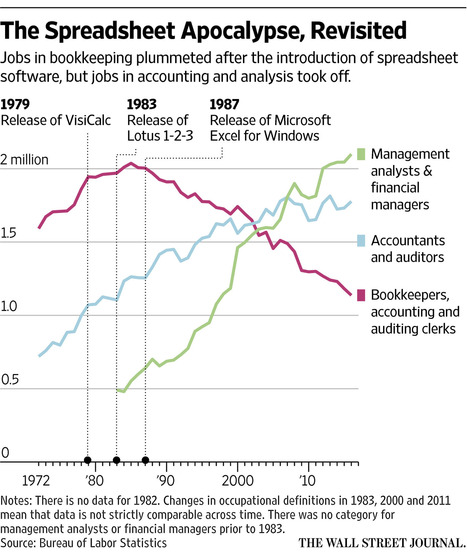(p. A9) PARIS — The plush red velvet seats of France’s National Assembly are filled with lawmakers who owe just about everything to President Emmanuel Macron.
Three-quarters of the 577 members are brand new, swept into power in the wake of his election last year. More than 60 percent are in his camp. Nearly one-third have never held public office, and 38 were under the age of 31 when they entered office.
. . .
On Thursday [March 22, 2018], tens of thousands of railway workers, teachers and air traffic controllers went on strike across France to protest salary freezes for civil servants and Mr. Macron’s pledge to cut 120,000 public-sector jobs and introduce merit-based pay and use more private contractors.
. . .
The assembly has become a showcase of Mr. Macron’s forceful powers of persuasion and the ways he wants to reshape and update all of France.
“There’s been a complete cultural shock,” said Jean-Paul Delevoye, a senior official in Mr. Macron’s government who helped pick his candidates for Parliament.
“We’ve completely overturned the sociology of the assembly,” he added.
Diet Coke replaced wine as the most popular item at the assembly’s bar. Wine sales had plummeted, stunning the barmen, though they are creeping back up under the influence of long days. Mr. Macron’s acolytes sit through them, unlike their predecessors.
Before the rule for a deputy was, arrive Tuesday morning and go home Wednesday evening. Now, many say, Mr. Macron’s deputies come for the whole week.
So assiduous are they that “now, it’s hard to find a spot at the restaurant, that’s what strikes me,” said Brigitte Bourguignon, another ex-Socialist who joined Mr. Macron.
Among the youthful deputies, common positions are worked out in advance on applications like Telegram, befuddling the old-timers. There is little patience for them in any case.
. . .
Parliament was barely to be seen last year when Mr. Macron forced through changes to France’s rigid labor code to allow companies more flexibility in negotiating directly with workers, and to limit payouts after layoffs.
Instead, the president proceeded by special decree, using a rarely used procedure that allowed the National Assembly merely to vote thumbs up or down on the labor reforms — it voted up — but without the power to change or even discuss them.
Then, Mr. Macron rammed through the lifting of a tax on wealth, insisting that it was necessary to free capital for investment. Many economists agreed. But apart from a few opposition whimpers there was hardly any debate.
In coming weeks he proposes to take on the railway workers — the bête noir of many a French government — again by special decree. Mr. Macron wants to end the hiring-for-life, early retirement and enhanced medical insurance that have contributed to a whopping deficit. But he doesn’t necessarily want Parliament debating it.
. . .
For his dedicated supporters in Parliament, subordination is not an issue. Asked whether he had been in disagreement with the government, Mr. Potterie replied: “Ah, no. No. At the margins maybe. But for the moment, no.”
In the National Assembly, “it’s true that we don’t challenge the government,” he added. “It’s because we were elected to carry out their program.”
That sense of purpose runs deep.
“It’s not true that we are simply puppets,” insisted Ms. Bourguignon, the former Socialist. “We’ve got a government that reforms, and we’ve got to follow the government.”
For the full story, see:
ADAM NOSSITER. “Macron Fills the Role Of French Strongman.” The New York Times (Friday, March 23, 2018): A9.
(Note: ellipses, and bracketed date, added.)
(Note: the online version of the story has the date MARCH 22, 2018, and has the title “Emmanuel Macron Becomes France’s Answer to Strongman Populism.” The online version says that the article appeared on p. A13 of the New York edition. It appeared on p. A9 of my National edition.)

